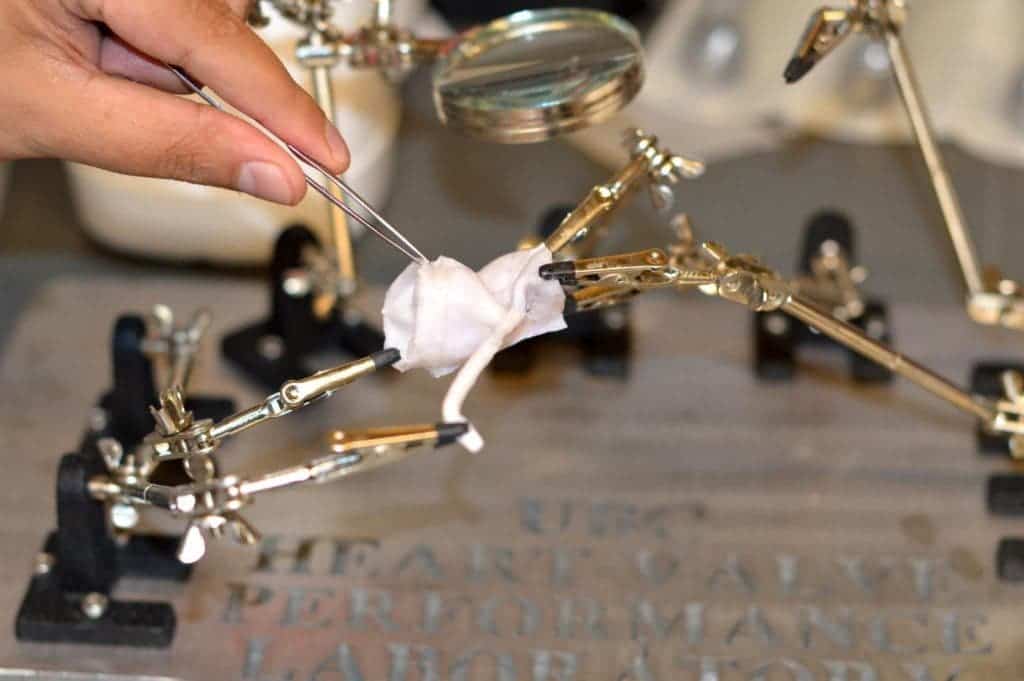
University of British Columbia’s Okanagan Campus reports a novel invention that makes it possible for doctors to perform bypass surgery without having to rely on animal or human tissue. The synthetic tissues — heart valves, arteries, and veins — are thought to be safer and more reliable than those sourced from dead pigs or human cadavers.
The synthetic tissue is made from polyvinyl alcohol hydrogel. Unlike the valves and arteries coming from cadavers which require preservative treating and are vulnerable to decay and contamination, the synthetic variety allows doctors to safely perform bypasses almost anywhere.
“An added benefit is that this material can be created safely and cheaply, which could solve any issues surgeons currently have in accessing practice materials,” said inventor and Assist. Prof. of Engineering Hadi Mohammadi in a statement.
For now, no human has been grafted this sort of tissue but the invention is currently tested on campus, where it’s used for teaching purposes. Students and doctors practice bypass surgery on actual hearts harvested from pigs using the synthetic tissue invented at UBC and described in a paper published in Cardiovascular Engineering and Technology.
“A problem with using arteries from animals or human cadavers for practising bypass surgery is that they feel different than living human tissue,” said Dr. Guy Fradet, head of cardiovascular surgery at KGH and an associate professor in UBC’s Faculty of Medicine. “The more realistic we can make surgical practice, the easier it will be to prepare surgeons for the operating room, which can only benefit patients.”
Ultimately, the researchers want to build a whole new synthetic heart. If and when this happens, tissue sourced from animal or human cadaver will become obsolete for heart surgeries.






